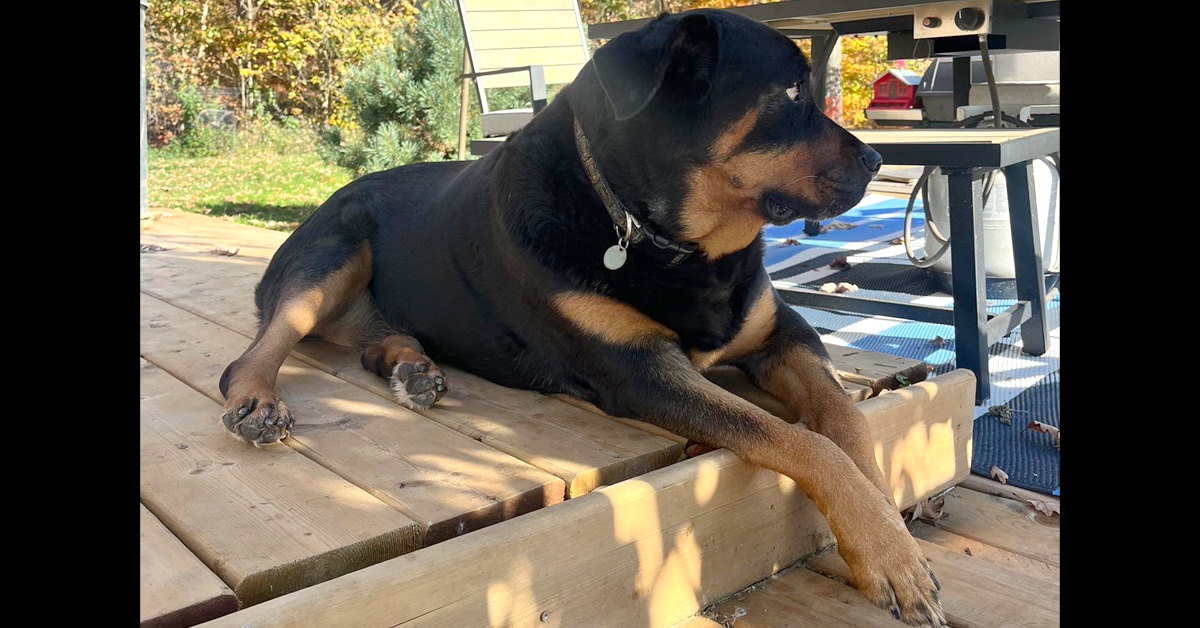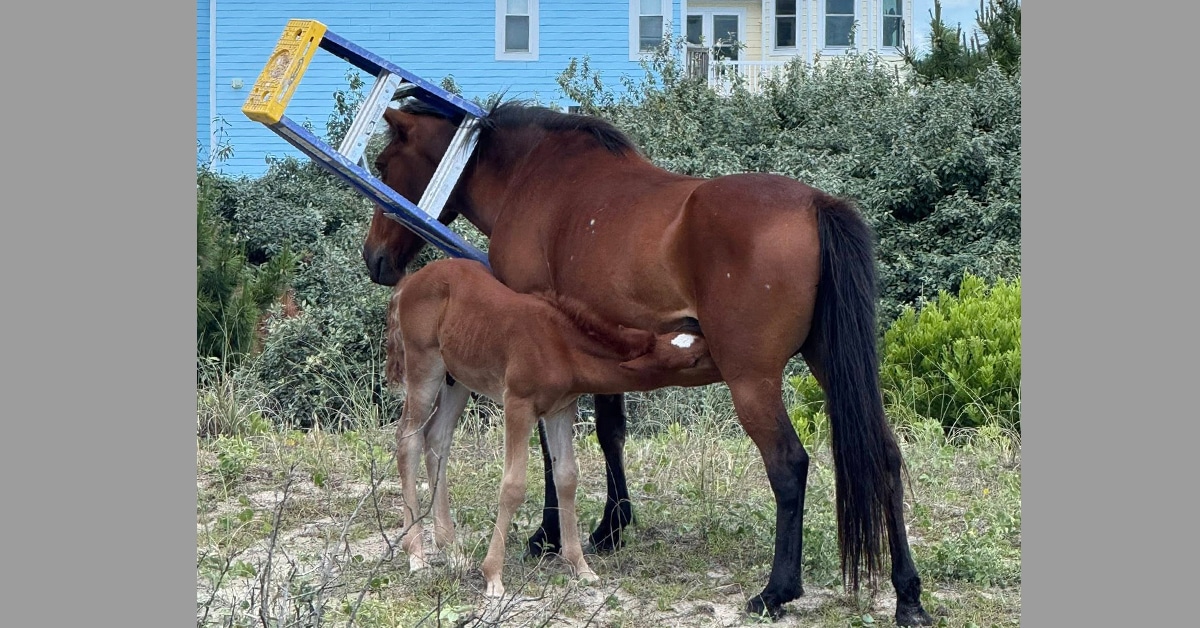The world stopped and took notice when Ryder, a New York City carriage horse, collapsed on the streets on a sweltering day, only to have his owner and driver yell and beat him to get up. Bystanders took video and the police arrived to revive the animal.
There is an ongoing battle to end the industry of carriage horses in New York, which transport tourists through Central Park and surrounding areas. This particular horse, who it turns out was not 13 as originally described by his owner, but closer to 30, is not the first equine to collapse on the urban streets. According to a report in the New York Post Ryder’s owner knew he was too old when he bought him from the Amish, but figured “he’d squeeze what he could out of him.”
Not only was Ryder old and suffering from heat exhaustion, he was ill. “An initial diagnosis determined that the horse was 28-30 years old rather than the aforementioned 13 years old, that it was malnourished, underweight and suffers from the equine neurological disorder EPM (Equine Protozoal Myeloencephalitis),” according to an NYPD report.
Later reports had Ryder being “retired to a sanctuary” but the animal rights group, Center for a Humane Economy tracked him down to a farm upstate that is actually connected to the carriage trade.
In a press release, the group said that, “Clover Hill Farm is no sanctuary, and its central mission appears to be commercial, not centered around the idea of expertly caring for sick, abandoned, or unwanted horses or providing lifetime care and security for them. This farm is alleged to be connected to the carriage-horse industry and it’s apparent that his movement there has been designed to keep eyes off of this horse, while the industry provides false assurances that he’s recovering and at a place with excellent caretaking capacity.”
The statement goes on to describe the role that the city of New York’s public health department has in oversight of the carriage horse industry, including veterinary care for horses at work pulling paying customers, and granting them relief and protection when they are ill. “This office is supposed to make certain that health records, including age, are certified and licensed drivers follow the law.”
According to the group, the role of equine veterinarian under New York City’s Veterinary bureau had been vacant for a long time. “Horses are at the center of the carriage-horse enterprise, yet care for horses has been so low a priority that the city did not even take the time to actively recruit for this position. This smacks of negligence and presents one more reason for the public to doubt that working horses are being protected by industry or government.”
The group has called for an independent veterinary assessment for all 160 licensed horses working in the city. And, of course, for Ryder himself. “We have gleaned intelligence that there are other horses with gaunt body conditions similar to Ryder’s and who should not be on New York’s choked streets, dodging cars, cabs, and trucks.”
An inside source not only followed Ryder’s journey from the street to the city stables, but this same person alerted the group that as many as six other horses at the same barn appeared in poor condition. Julie Marshall, the national Communications Coordinator for the Center for a Humane Economy, commented, “Ryder remains at Clover Hill Farm, which continues to support an industry that broke this horse’s body and spirit. We will continue to press his new owner to send Ryder to a sanctuary that does not have financial ties to working carriage horses so the public can be confident that Ryder, a geriatric horse who has given decades of his life to forced labor, will never work again; he will never be sold for slaughter and he will live for many more years unfettered spending time in nature with people who never use horses for profit, and much later die with dignity surrounded by those who love him.”
The group is also pushing to end the carriage trade and replace them with electric powered vehicles, assuring that the people who make their living can still do so, but without the cost of horse’s lives.
We will continue to follow this story.
More News









